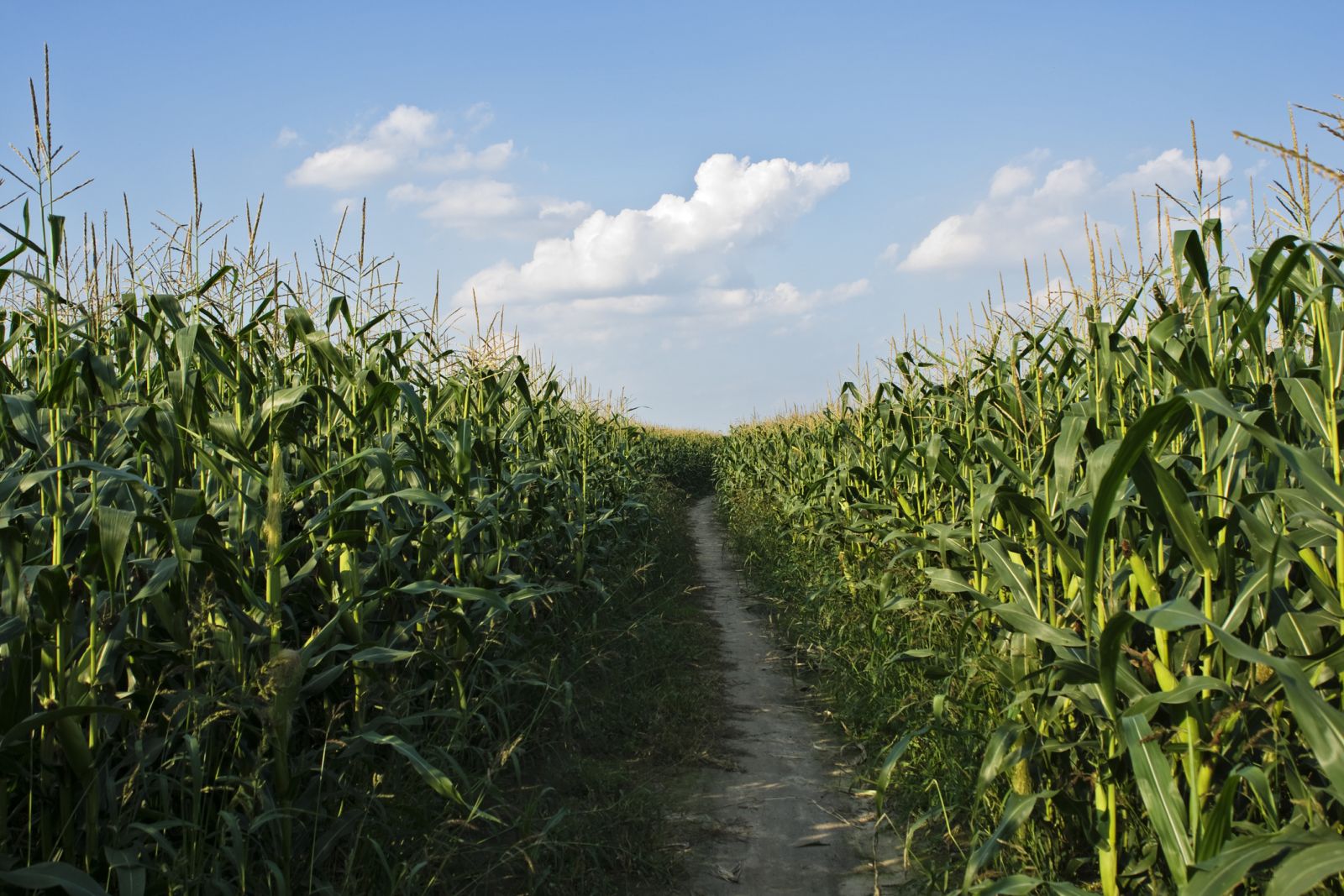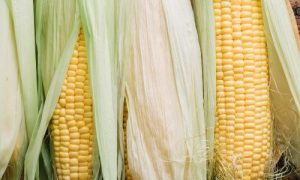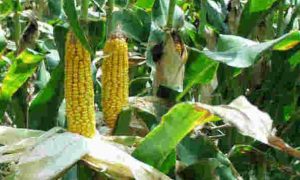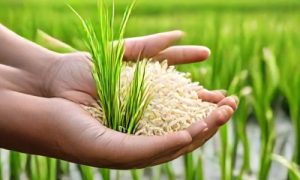Maharashtra : Maize farming rises in Gadchiroli as farmers seek drought-resistant options

In Gadchiroli, a Naxal-affected and flood-prone district, maize cultivation is rapidly increasing due to its resilience to dry spells and low water needs. Once limited to poultry feed, maize now supports the ethanol industry and is replacing soybean in cattle feed. From 481 hectares in 2022, cultivation now exceeds 9,000 hectares, offering farmers better yields and income.
Nagpur: Farmers in Gadchiroli, a district hit by Naxalism and yearly deluges, are finding maize as an option to tackle dry spells. In a predominantly paddy belt, maize is fast gaining favour for its rugged properties and ability to survive dry spells.Farmers from the district say despite receiving highest rainfall in the region, lack of organised irrigation often leaves them high and dry.Maize needs much less water than paddy. In four years, area under maize cultivation in the district has grown 18 times. From 481 hectares in 2022, maize is now grown in more than 9,000 hectares in the district.
This is despite wild boar herds devouring the crop, apart from elephants which have made Gadchiroli their home for two years rampaging the crops.Earlier, maize was only used for making poultry feed. However, lately, there has been a demand in the ethanol industry. Maize has found its way into ethanol plants as a feedstock. Even the distiller’s dried grains and solubles (DDGS), a by-product, is fast replacing soybean de-oiled cake (DOC) as cattle feed, said sources.Maize, which fetched around Rs1,500 to Rs1,600 a quintal, now gets Rs2,200. A higher yield of 25 quintals compared to other crops makes it a profitable option, said sources in the agriculture department.
Deepak Haldar, a local political activist, said initially Bengali farmers, who were resettled after Bangladesh liberation war of 1971, began cultivating maize. They took a cue from their kin in Pakhanjur, over 100km away in Chhattisgarh. The town has emerged as a maize hub. Slowly, the area increased substantially, and even others began adopting maize. It’s easy to grow and needs very little water. This makes cultivation easy as the district has no major irrigation project, said Haldar.
To Read more about Maize News continue reading Agriinsite.com
Source : The Times Of India
















